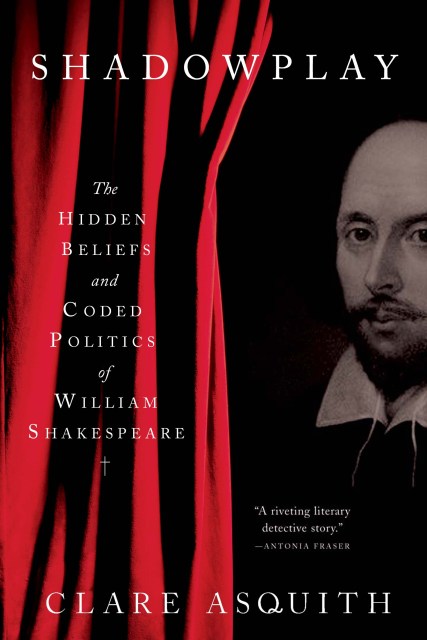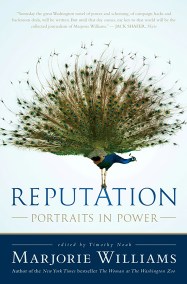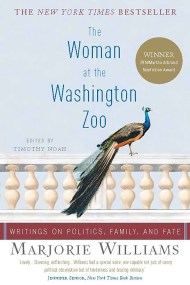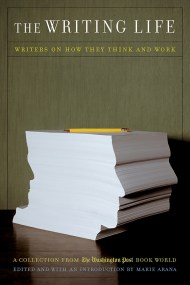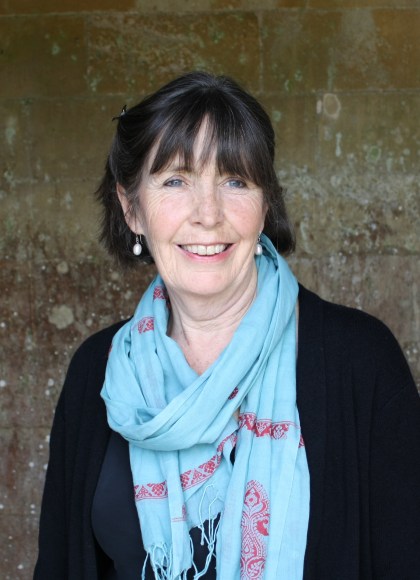Promotion
Use code MOM24 for 20% off site wide + free shipping over $45
Shadowplay
The Hidden Beliefs and Coded Politics of William Shakespeare
Contributors
Formats and Prices
Price
$21.99Price
$28.99 CADFormat
Format:
- Trade Paperback $21.99 $28.99 CAD
- ebook $11.99 $15.99 CAD
This item is a preorder. Your payment method will be charged immediately, and the product is expected to ship on or around September 25, 2018. This date is subject to change due to shipping delays beyond our control.
Also available from:
He did. But it was hidden. Revealing Shakespeare’s sophisticated version of a forgotten code developed by 16th-century dissidents, Clare Asquith shows how he was both a genius for all time and utterly a creature of his own era: a writer who was supported by dissident Catholic aristocrats, who agonized about the fate of England’s spiritual and political life and who used the stage to attack and expose a regime which he believed had seized illegal control of the country he loved.
Shakespeare’s plays offer an acute insight into the politics and personalities of his era. And Clare Asquith’s decoding of them offers answers to several mysteries surrounding Shakespeare’s own life, including most notably why he stopped writing while still at the height of his powers. An utterly compelling combination of literary detection and political revelation, Shadowplay is the definitive expose of how Shakespeare lived through and understood the agonies of his time, and what he had to say about them.
Genre:
- On Sale
- Sep 25, 2018
- Page Count
- 370 pages
- Publisher
- PublicAffairs
- ISBN-13
- 9781541774292
Newsletter Signup
By clicking ‘Sign Up,’ I acknowledge that I have read and agree to Hachette Book Group’s Privacy Policy and Terms of Use
